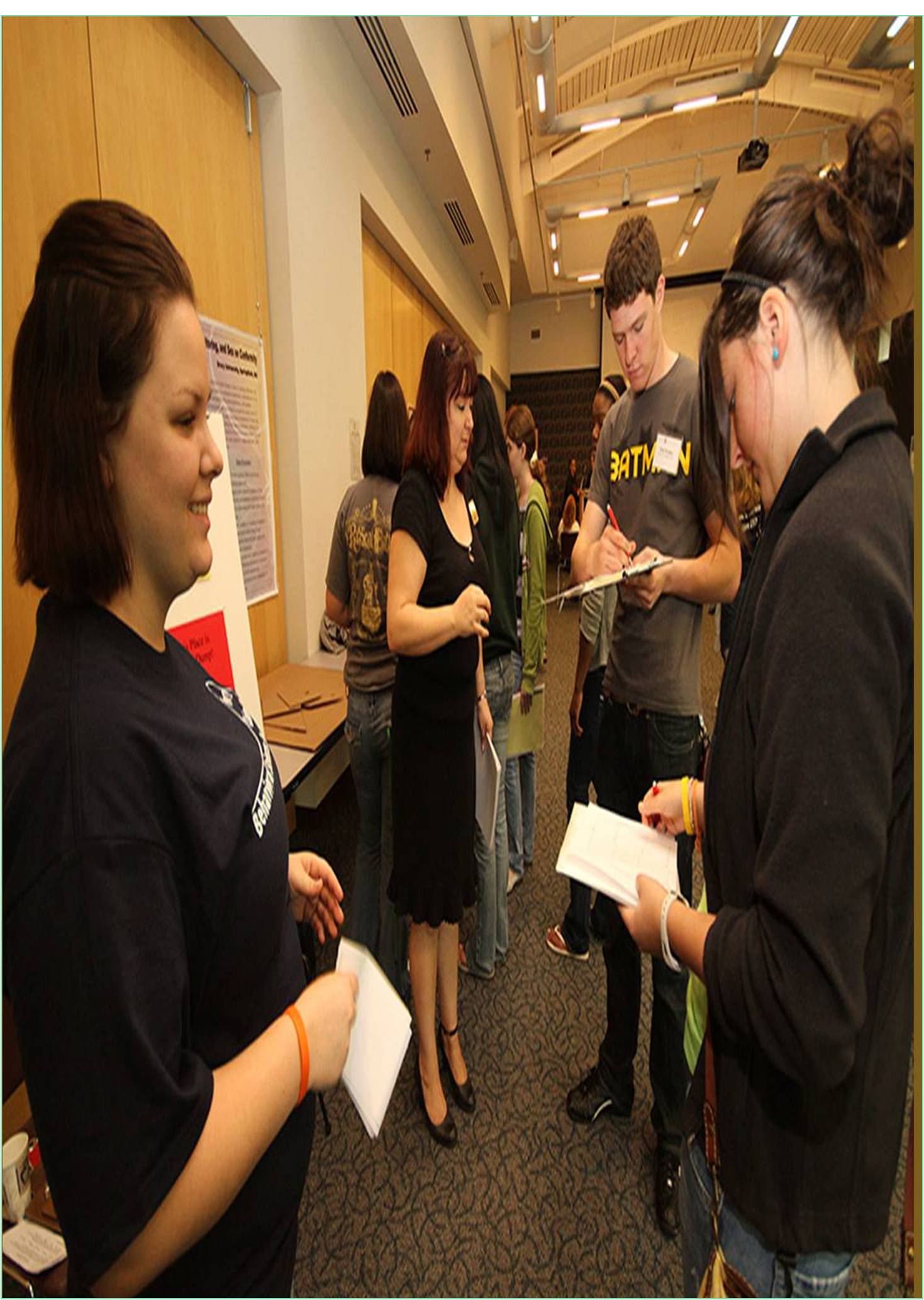



Received: 25-Jul-2022, Manuscript No. GJASSE -22-71950; Editor assigned: 29-Jul-2022, Pre QC No. GJASSE -22-71950 (PQ); Reviewed: 12-Aug-2022, QC No. GJASSE -22-71950; Revised: 19-Aug-2022, Manuscript No. GJASSE -22-71950 (R); Published: 26-Aug-2022, DOI: 10.15651/ GJASSE.22.10.009
The study of linguistics encompasses many different facets of a language, including its phonetics, semantics, syntax, morphology, and stylistics, among other things. Due to the wide range of specialisations it possesses, including Sociolinguistics, Computational Linguistics, Applied Linguistics, Psycholinguistics, and others, the study of linguistics is also interdisciplinary. Since it is constantly undergoing change due to how languages develop and change, it is thought of as a descriptive field of study. Therefore, linguistics as an area of study expands and is considered dynamic as the historical characteristics of languages and dialects change from old to new when new advancements arise in any language. It is a field of research that is quite dynamic. Despite the fact that some components of the topic are based on historical observations and a limited number of rules, it continues to cross old borders and enter new ones, with advancements taking place in many languages. Linguistics is a very important discipline because it is used to many other fields of study. The use of linguistics in modern medicine includes speech therapy as well as anthropology. The linguistic views of every language are the subject of in-depth investigation and study, with the goal of tracing the language's features and applying the field of linguistics to comprehend the unique traits of literature, including prose and poetry in many languages.
Important linguistics concepts that relate to language structure
• Phonetics: is the study of speech sounds while taking into consideration their physical characteristics.
• Phonology: is the study of speech sounds that people make when they talk.
• Syntax: Sentence construction is known as syntax.
• Morphology: The formation of words is the subject of morphology.
• Semantics: The examination of particular meanings.
• Pragmatics: The study of how a language is used is known as pragmatics.
Languages are also recursive because they are built of constituents. Language has a trait called recursion that enables the application of grammatical operations repeatedly, combining parts to create an unlimited number of sentences of unbounded length. Recursion is what enables someone to extend a brief statement like "He was tall" into lengthy phrases like "He was tall and handsome and considerate and a good listener," or to incorporate clauses, as in this is the same mouse that ate the cheese that was in Jack's cheese house. It has significant ramifications that language is recursive. It follows that no one can learn a language by memorising all of its sentences, so there must be another reason. How they can be learned by humans. Although the capacity of the human brain is limited, recursiveness allows it to generate and comprehend an infinite number of phrases. It's important to initially make a distinction between language's macro and micro functions. While macro functions pertain to the bigger, more general aims underpinning language use, micro functions, as their name suggests, cover the specific individual uses. Starting off, let's examine a few of the micro functions.
Descriptive vs Prescriptive Approach
Descriptive approach: Linguists make an effort to characterise the grammar of the language that exists in people's brains. Creating a mental picture of the grammar of its speakers. The resulting descriptive grammar explains the individual's foundational language expertise. It illustrates how speaking and understanding are possible, and it summarises what speakers understand the letters, words, sentences, and phrases that make up their language. To create a descriptive grammar, one must study the language and look for the guiding concepts or regulations. Descriptive rules take into account the actual speech patterns that speakers employ. Different dialects of a language and even variation are permitted by descriptive norms.
Prescriptive approach: Prescriptivists tell you what they believe to be "good" or "bad" in the world. Prescriptive rules attempt to impose a single standard while making value judgments regarding the appropriateness of particular statements.